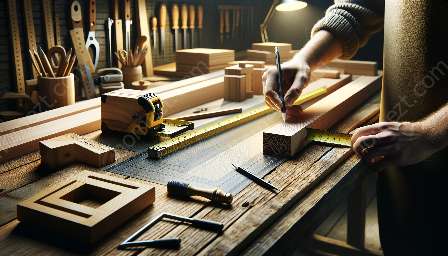Trim and molding are essential elements in carpentry and home improvement, adding elegance and character to any interior space. In this comprehensive guide, we will delve into the world of trim and molding, exploring the various types, styles, installation techniques, and tips for achieving stunning results.
Understanding Trim and Molding
Trim and molding are decorative enhancements used to finish and complement interior spaces. They can be found around doors, windows, ceilings, and floors, adding visual interest and architectural detail to a room.
There are various types of trim and molding, each serving a specific purpose and aesthetic function. Examples include crown molding, baseboards, chair rails, and wainscoting.
Types and Styles of Trim and Molding
When it comes to trim and molding, the options are virtually limitless. Traditional styles such as colonial, Victorian, and craftsman offer timeless elegance, while modern profiles provide sleek and clean lines for contemporary spaces.
Crown molding is one of the most popular types of trim, adding a touch of sophistication and grandeur to any room. It is typically installed where the walls and ceiling meet, creating a seamless transition.
Baseboards and shoe moldings are used to cover the joint between the wall and the floor, providing a finished look to any room.
Chair rails serve both a decorative and practical purpose, protecting walls from furniture and adding a visual break between different wall treatments.
Wainscoting is a decorative wall treatment that involves installing panels or molding along the lower half of a wall, adding texture and dimension to the space.
Installation Techniques
Proper installation is crucial to achieving a polished and professional look with trim and molding. When installing trim, precise measurements and cuts are essential for seamless joints and a flawless finish.
For carpenters and DIY enthusiasts, the following steps can serve as a general guide for installing trim and molding:
- Measure and mark the areas where trim will be installed.
- Make precise cuts using a miter saw or hand saw, ensuring that angles and lengths are accurate.
- Secure the trim using an appropriate adhesive or nails, making sure to fill any gaps or nail holes with wood filler.
- Finish by sanding the surfaces smooth and applying paint or stain for a refined appearance.
Enhancing Interior Spaces
Trim and molding have the power to transform plain spaces into visually stunning areas. By choosing the right profiles, styles, and installation techniques, carpenters and homeowners can elevate the aesthetic appeal of their interiors.
Here are a few tips for enhancing interior spaces with trim and molding:
- Consider the architectural style of the home and choose trim that complements the design aesthetic.
- Use contrasting colors or finishes to make the trim stand out and add visual interest.
- Experiment with different profiles and combinations to create unique and eye-catching designs.
- Pay attention to scale and proportion, ensuring that the trim is appropriately sized for the room and its features.
With these tips and techniques, carpenters and DIY enthusiasts can take their trim and molding projects to the next level, creating customized and visually captivating interiors.
Conclusion
Trim and molding play a pivotal role in carpentry and home improvement, offering a versatile and impactful way to enhance interior spaces. Understanding the numerous types, styles, installation techniques, and design tips can empower carpenters and homeowners to elevate their living environments with elegance and character.


















